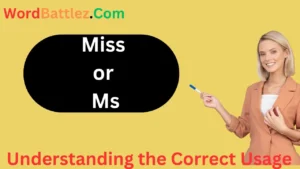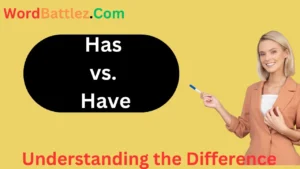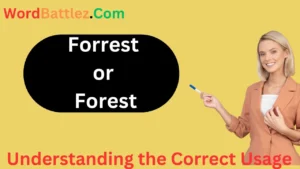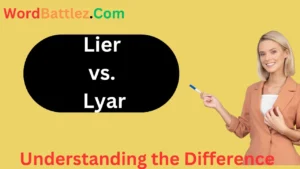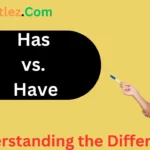The words “has” and “have” are two forms of the verb “to have,” but they are used in different contexts.
Understanding when to use each form is crucial for proper grammar and clear communication.
In this article, we’ll break down the definitions, usages, and examples of “has” and “have,” helping you master their correct application.
Let’s clarify this common grammatical challenge!
Definition and Usage
What Does “Has” Mean?
“Has” is the third-person singular form of the verb “to have.” It is used with singular nouns or with he, she, or it.
- Example with he/she/it:
✅ She has a beautiful garden. - Example with singular noun:
✅ The cat has a new toy.
In these contexts, “has” indicates possession or ownership in relation to a singular subject.
What Does “Have” Mean?
“Have” is the base form of the verb and can be used with plural nouns and with the pronouns I, you, we, and they.
- Example with I/you/we/they:
✅ I have a meeting later today. - Example with plural noun:
✅ They have completed their homework.
Here, “have” signifies possession or ownership in relation to plural subjects or with the first and second person.
Side-by-Side Comparison
Here’s a simple comparison to illustrate the differences between “has” and “have“:
| Aspect | Has | Have |
| Form | Third-person singular | Base form |
| Usage context | Used with he, she, it, or singular nouns | Used with I, you, we, they, or plural nouns |
| Example | ✅ She has a new car. | ✅ They have a new car. |
When to Use “Has“
Use “has” when the subject is third-person singular, referring to he, she, or it.
- Example:
✅ The teacher has many students.
Why You Should Avoid “Have” in This Context
Using “have” instead of “has” with a singular subject can lead to grammatical errors. Always opt for “has” in these cases.
- Mistaken usage:
❌ The cat have a collar. - Corrected version:
✅ The cat has a collar.
When to Use “Have“
Use “have” when the subject is I, you, we, they, or any plural noun.
- Example:
✅ We have a great team.
Why You Should Avoid “Has” in This Context
Using “has” instead of “have” with plural subjects or the first and second person can also lead to errors.
- Mistaken usage:
❌ You has a wonderful idea. - Corrected version:
✅ You have a wonderful idea.
Everyday Usage Examples
Here are some practical examples to illustrate how to use “has” and “have” correctly in everyday situations:
Examples of “Has”:
- ✅ She has a dog that loves to play fetch.
- ✅ He has an important presentation tomorrow.
- ✅ The baby has a cute smile.
- ✅ The team has won three championships.
- ✅ My sister has a great sense of humor.
Examples of “Have”:
- ✅ I have two siblings.
- ✅ They have an exciting trip planned for the summer.
- ✅ We have plenty of time to finish the project.
- ✅ You have an excellent taste in music.
- ✅ The students have finished their exams.
Conclusion
In summary, “has” is used with third-person singular subjects, while “have” is used with I, you, we, they, and plural subjects.
Understanding this distinction is essential for maintaining grammatical accuracy in your writing and speech.
So, the next time you’re unsure whether to use “has” or “have,” remember these guidelines to communicate clearly and effectively! ✅


